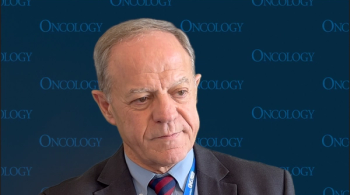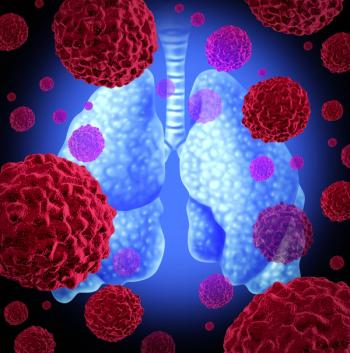
- Oncology Vol 28 No 1S
- Volume 28
- Issue 1S
(P052) Evaluation of Pseudoprogression in Juvenile Pilocytic Astrocytomas Treated With Proton Beam Radiotherapy
Pediatric patients with pilocytic astrocytomas heavily pretreated with chemotherapy and status post-R2 resections can have extended survival following proton beam radiotherapy.
Edward M. Mannina, Jr., MD, MPH, MS, Greg Bartlett, CMD, Peter Johnstone, MD, Kevin P. McMullen, MD; Indiana University School of Medicine
Introduction: Pseudoprogression refers to post-treatment volume changes seen on magnetic resonance imaging (MRI) with or without clinical sequelae that subsequently regress without a change in therapy. Pseudoprogression is therefore distinguished from true tumor progression, and making this distinction has become an increasingly relevant topic in neuro-oncology as survivorship improves and assessment of follow-up MRI directs management. Patients treated with radiation therapy (RT) to the central nervous system (CNS) for low-grade gliomas represent a patient cohort at risk of pseudoprogression. The degree of response, tumor progression, or pseudoprogression in pediatric patients treated with proton therapy for pilocytic astrocytomas is evaluated here.
Methods: Eight pediatric patients diagnosed with juvenile pilocytic astrocytoma by either biopsy or radiographic criteria are the subject of this report. From August 2005 through October 2007, these patients were treated to a median dose of 5,400 cGy using proton beam radiotherapy and subsequently followed with serial MRI every 3 months to assess response. MRIs were collected for 3 years following completion of RT, and the T1-contrasted series were imported into the Eclipse 11 treatment planning software. All contours of the T1 contrast-enhancing volumes, including cystic structures, were performed by one clinical radiation oncologist (EMM). Volume in cm3 was calculated and plotted against time since completion of therapy to assess for changes from the baseline radiotherapy gross tumor volume (GTV). Demographics, prior therapies, and postradiation interventions were cataloged for each patient.
Results: This is a retrospective review of eight pediatric patients with a mean age of 7.4 years (range: 4–12 yr), four of whom had biopsy-proven pilocytic astrocytomas. The mean number of follow-up MRIs collected was 9.4 (range: 4–12) per patient. One patient had prior radiation, and six (75%) patients had prior resections, all of which were R2; seven patients had cerebrospinal fluid (CSF) shunts in place prior to initiation of RT. All patients received at least a platinum agent and vincristine as part of their preradiation chemotherapeutic regimens. Seven (88%) patients remained alive at the time of this report, with one death due to tumor progression. Within the first year of follow-up, five (63.5%) patients declared themselves as responders (successive volumes less than pretreatment), and three (37.5%) patients declared themselves as nonresponders (successive volumes greater than pretreatment). Pseudoprogression was observed in two (40%) responders, with a maximum volume observed at 7.5 months. Following RT, three patients required shunt revisions, while one patient received hyperbaric oxygen for biopsy-proven radionecrosis, and another underwent stereotactic cyst aspiration. Volume changes ranged from an 83% reduction to an increase of 181% during the evaluation period.
Conclusions: Pediatric patients with pilocytic astrocytomas heavily pretreated with chemotherapy and status post-R2 resections can have extended survival following proton beam radiotherapy. Close observation for treatment sequelae, such as pseudoprogression, remains a challenge. This retrospective report illustrates that treatment responders declare within the first year, but vigilant surveillance is necessary due to risk of pseudoprogression during this time.
Newsletter
Stay up to date on recent advances in the multidisciplinary approach to cancer.


















































































